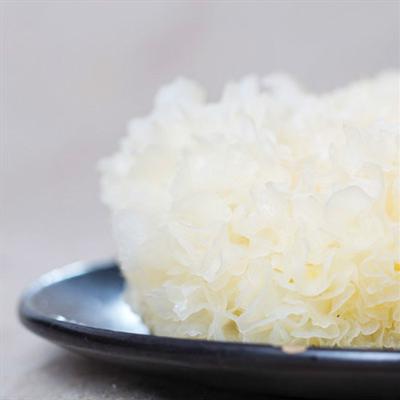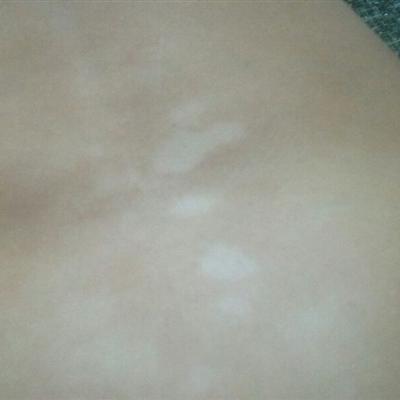Symptoms of dystrophic calcification
summary
Dystrophic calcification is a cellular response to severely damaged or necrotic tissue. Large cells called macrophages begin to digest necrotic tissue. During this digestion, calcium accumulates in this area, leading to calcification of necrotic tissue. Degenerative tissue calcification can occur anywhere in the body and is induced by immune system diseases, infections and certain cancers. In addition, the injured tissue may develop into calcified areas. Tell us about the symptoms of malnutrition and calcification
Symptoms of dystrophic calcification
Calcification of epidermis: pseudoxanthoma elasticum is characterized by calcification of epidermis. Pseudoxanthoma elasticum was called diffuse xanthelasma in the early stage, and then atypical xanthoma and dystrophic elastofibrosis. Because of the different inheritance ways, it can be divided into autosomal dominant inheritance and autosomal recessive inheritance, and each type is divided into two groups. Clinically, there are more autosomal dominant I, II and autosomal recessive I groups, while autosomal recessive II group is rare, and usually the symptoms of dominant inheritance are more serious than recessive inheritance.

Intrapancreatic calcification: pancreatic calcification refers to the high density of punctate tissue in the pancreas. Chronic pancreatitis refers to the pathological process of atrophy of pancreatic acini and islets and extensive fibrosis of pancreatic parenchyma. Calcification and pseudocyst are often accompanied. The main clinical manifestations are abdominal pain, diarrhea or fatty diarrhea, emaciation and malnutrition. CT showed calcification in the pancreas, which confirmed the presence of pancreatolithiasis.

Skin calcification: calciosis cutis is a disease caused by insoluble calcium salts (mainly amorphous calcium phosphate or a small amount of calcium carbonate) deposited in the skin or subcutaneous tissue. It can be divided into three types: metastatic calcification, dystrophic calcification and idiopathic calcification.

matters needing attention
The diet should be light, pay attention to hygiene, and match the diet reasonably. Try to treat related basic diseases, and do not abuse vitamin D preparation.













